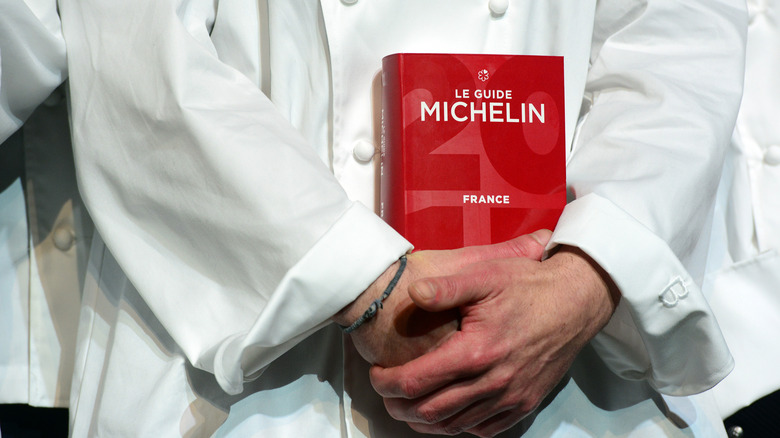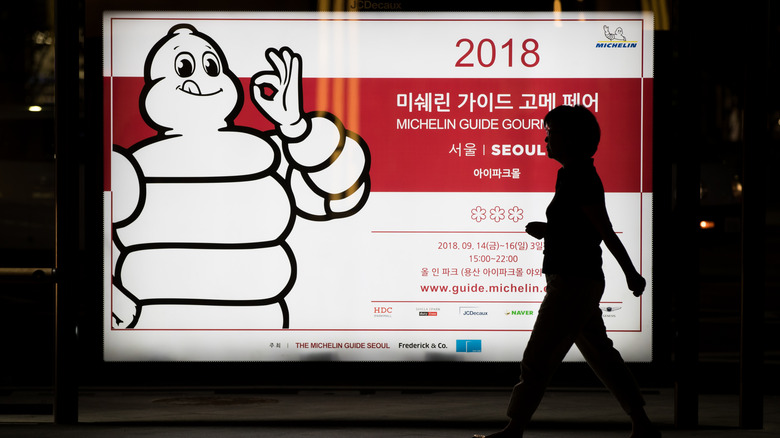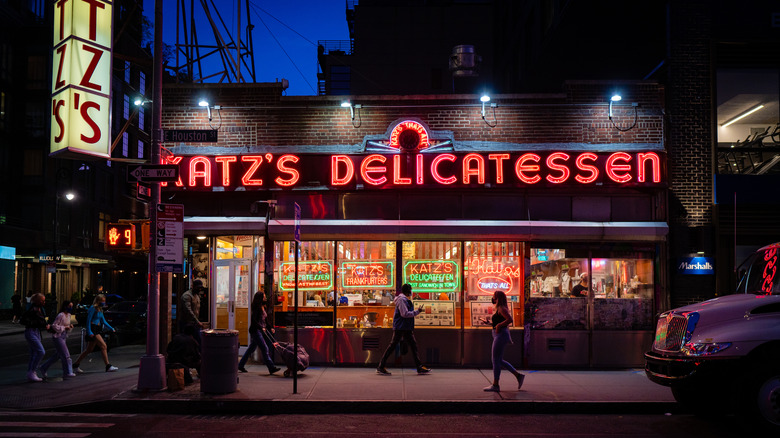Bib Gourmand: The Michelin Guide's Most Affordable Restaurants
The Michelin Guide is widely considered to be the preeminent source for restaurant recommendations. It originated in 1900 as a travel guide meant to encourage tourists to visit restaurants around France (and to buy more Michelin tires for their cars in the process), and to this day it serves as one of the most powerful forms of marketing that any restaurant can achieve. Just as many chefs dream of appearing in the Michelin Guide, many foodies worldwide regard it as a culinary bucket list.
The Michelin Guide offers an assortment of awards, the most famous of which by far is the Michelin star system. Restaurants earn Michelin stars by impressing anonymous inspectors, and they work on a three-tiered system, with three stars being the ultimate of all culinary achievements. That being said, Michelin stars have been criticized for the fact that they are almost exclusively given to the most expensive restaurants.
Plainly put, the Michelin star system is classist. The vast majority of people do not have the means to indulge in such luxuries, and consciously or not, this bias implies that only the wealthiest tiers of society can enjoy great food, which is simply untrue. But since 1997, Michelin has dealt out another award—the Bib Gourmand. It's meant to highlight restaurants that serve great food for a great price, and there are a lot of Bib Gourmand-winning restaurants for you to check out.
How a restaurant earns a Bib Gourmand
The Bib Gourmand award is named for Michelin's iconic mascot, Bibendum (most English speakers just call him "The Michelin Man"). It was invented with the specific objective of countering the star system's elitist reputation. The Michelin Guide describes Bib Gourmand winners as their "best value for money restaurants," and as such, they must check off two boxes. Firstly, Michelin's inspectors must be impressed by the food — that part is a given — but it's the second criterion that makes the award unique.
Michelin only awards the Bib Gourmand title to restaurants where diners can purchase three courses within a specific price range. Michelin sets a firm price cap on the award, which varies from country to country based on the cost of living. The limit for American restaurants over the past decade has been $40, but in 2023, to account for inflation, the Guide raised that cap to $49. It's also important to note that the price cap does not factor in taxes and tips.
While the Michelin star system favors fine dining establishments with an emphasis on showy presentation, the Bib Gourmand is more down-to-earth. The Guide describes Bib-worthy fare as a "simpler style of cooking, which is recognizable and easy-to-eat." In place of the molecular gastronomy trend that's come to dominate their star-winning restaurants, Bib-winning eateries are more likely to serve low-key bistro and pub fare.
The US has over 300 Bib Gourmand restaurants
As of the writing of this article, the Michelin Guide lists 371 Bib Gourmand restaurants in the United States. However, their range is somewhat limited, as Michelin only publishes guides for four U.S. states: New York, California, Florida, and Colorado, as well as three additional cities: Atlanta, Chicago, and Washington D.C. The most affordable restaurants are typically taquerias and East Asian eateries focused on noodles and dumplings. Highlights include the historic La Azteca Tortilleria in Los Angeles, dim sum institution Yank Sing in San Francisco, and the legendary Katz's Delicatessen in New York City.
Worldwide, there are over 3,000 Bib Gourmand-winning restaurants. Unsurprisingly, the organization's home country of France boasts the most Bib winners, but the most affordable city for Michelin Dining is actually Tokyo, where ramen joints and street food stalls offer some of the best deals on food the world has to offer. Ultimately, the Guide does have a pretty limited scope, globally speaking. The absence of Michelin Guides in foodie oases like India, Mexico, and the entire African continent has been one of the biggest points of criticism for the organization. Hopefully, the organization will turn its eyes to these less-often-acknowledged locations soon, giving the restaurants in these regions their due — whether that's a fancy, experimental eatery ready for a few Michelin stars or the best-bang-for-your-buck, Bib Gourmand-worthy spot.


